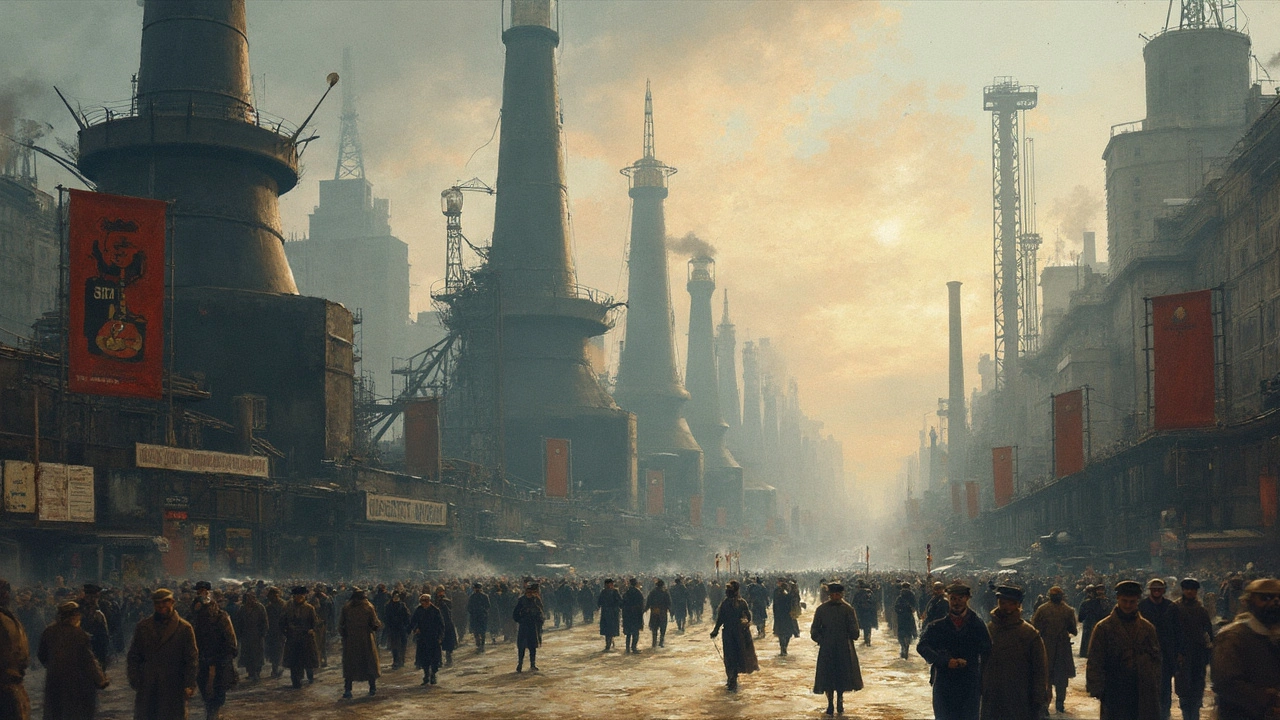Russian art: From icons to the avant-garde
Russian art feels big and surprising. It starts with haunting Orthodox icons, moves through ornate Baroque and neoclassical works, explodes into the bold Russian avant-garde, and ends up in lively contemporary scenes today. If you want to understand Russian art, focus on three clear stages: sacred tradition, modernist revolt, and state-driven styles.
Icons matter. These small, painted panels shaped visual language in Russia for centuries. Look for gold backgrounds, flattened space, and faces painted with careful, calm expressions. Icons were painted for prayer, not decoration, so they aim for spiritual presence. If you handle or buy icons, keep them away from direct sunlight and high humidity; stable temperature and gentle dusting preserve their paint and wood.
Russian avant-garde and Constructivism
The early 20th century saw Russian artists break everything. Movements like Suprematism, Constructivism, and Futurism pushed abstract forms and new materials. Constructivism mixed art with design and politics - artists designed posters, theater sets, and everyday objects to serve a new society. To spot Constructivist work, look for geometric shapes, bold typography, and a focus on function over decoration. Read the Constructivism Art's Influence on Modern Culture and Expression post on this site for deeper examples and visual cues.
After the revolution, art became a tool. Socialist Realism dominated public art for decades. Paintings showed heroic workers, bright factories, and idealized leaders. That style aimed to inspire and instruct. Many artists either adapted or found ways to work on the fringes. This tension between state control and individual expression shaped much of 20th century Russian art.
Where to see and how to collect
Want to see classic works in person? The State Hermitage in St. Petersburg and the Tretyakov Gallery in Moscow are must-visits. They cover icons, Russian masters, and avant-garde treasures. If you can’t travel, search museum digital collections and look for high-resolution images to study brushwork and composition.
Collecting Russian art starts with learning. Buy books and exhibition catalogs, follow museum feeds, and read reliable articles. For contemporary work, check artist websites and reputable galleries. When buying antiques or icons, ask for provenance and condition reports. Small repairs are common; major overpainting is a red flag. For prints and posters, check edition numbers and signs of age like paper tone and foxing.
Keep it practical: document every purchase, store works flat or upright with acid-free materials, and control light and humidity. If a piece seems too cheap for its claimed age or fame, get a second opinion from a specialist.
Russian art has drama, faith, politics, and bold design all in one story. Explore step by step - study icons, then modernists, then contemporary artists - and you’ll see how each era reacts to what came before. That back-and-forth is what makes Russian art so alive.
Browse Paul Artistry's Russian art tag to find articles, gallery guides, artist profiles, and practical tips on preservation and collecting. Start with Constructivism and icon-focused posts, then branch into modern and contemporary artists you enjoy.

